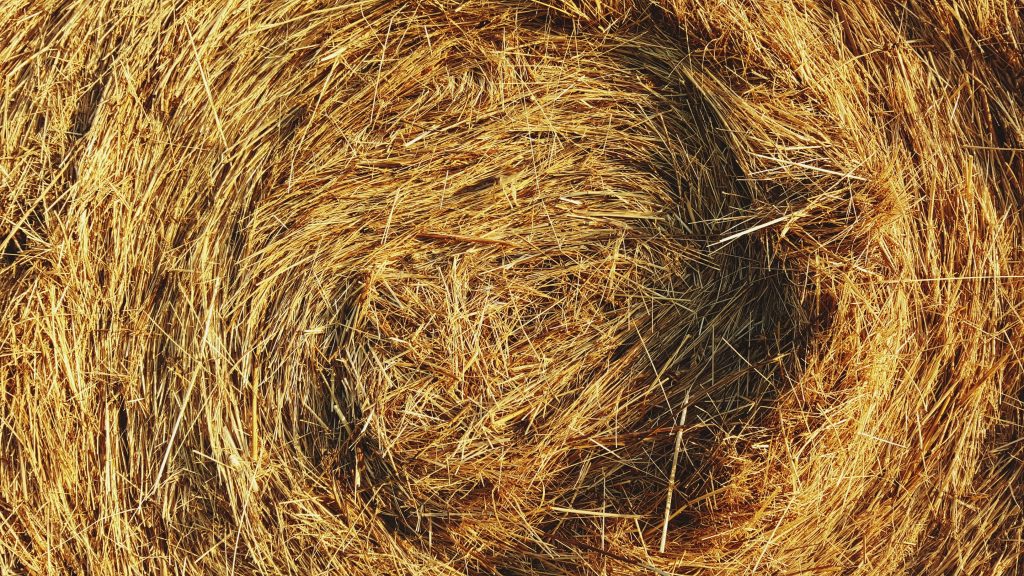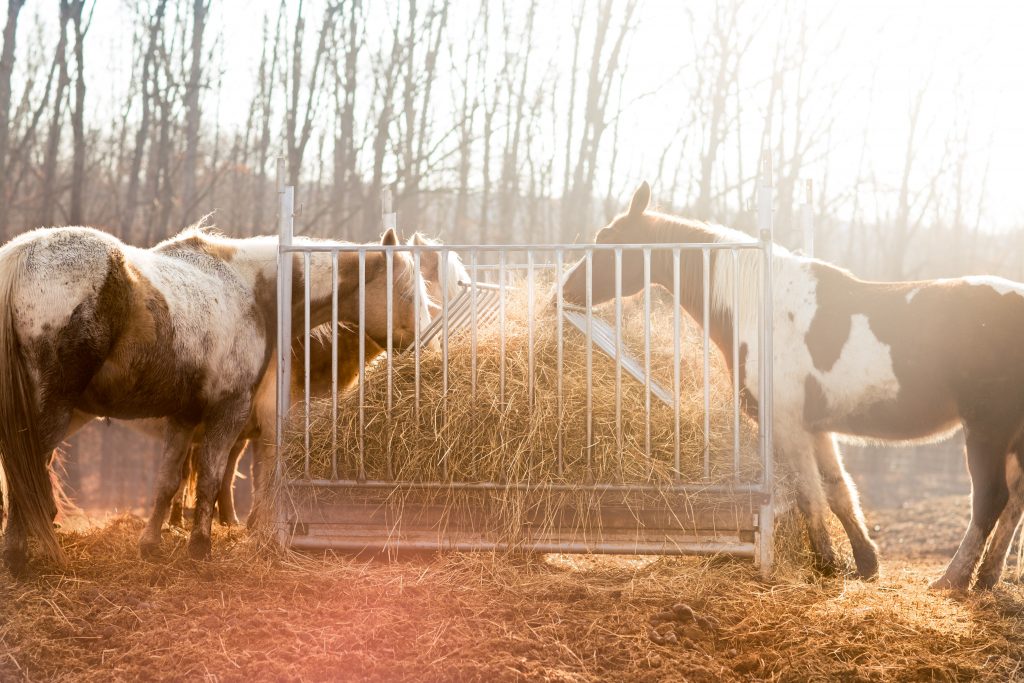Hay is for horses—everyone knows that.
But what some may not know is just how important it is. Often times, we pay more attention to bagged feeds than forage, but the truth is, hay is just as important, if not more so, than those concentrates.
With that said, here are five little known facts about horse hay:

#1 When fed at a rate of 2% of your horse’s body weight per day (which equals around 20 lbs/day for the average 1,000 lb horse), good quality grass hay can meet an adult horse’s basic caloric, fiber, major mineral, and protein needs. However, It’s important to note that hay-based diets will still be lacking in certain essential nutrients, including some trace minerals, vitamins, antioxidants, and essential fatty acids. These nutrients must be supplemented.
#2 Alfalfa is a popular forage for horses, but it should never be the primary hay source as it contains high amounts of protein, which can stress the kidneys, and calcium, which can lead to major mineral imbalances. Instead, alfalfa should make up no more than 20% of your horse’s hay ration. Good quality grass hay should make up the rest.
#3 Cool season grass hays such as orchardgrass, timothy, and fescue tend to be higher in sugar than warm season grass hays such as bermudagrass, bromegrass, and prairie grass.

#4 Speaking of sugar, some hay contains too much for horses with conditions like insulin resistance, equine metabolic syndrome, or Cushing’s disease. The only way to know your hay’s sugar (NSC) level is to have it tested, but soaking hay in water for at least one hour may reduce sugar levels enough to make it safe for metabolic horses. (Note: an NSC level of no more than 12% is recommended for these horses.)
#5 Hay keeps horses warm! It’s true—heat is produced by the act of digestion, and since forage takes longer to eat/digest than concentrates, it will help keep a horse warmer over a longer period of time. A good rule of thumb is this: for every 10 degrees F it is below freezing, increase your horse’s hay ration by 10%. If a horse doesn’t have enough hay to eat during cold weather, he will burn calories by shivering in an effort to stay warm.



